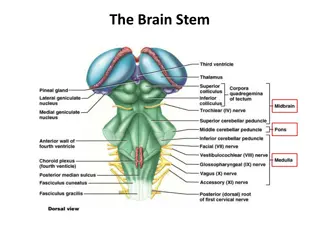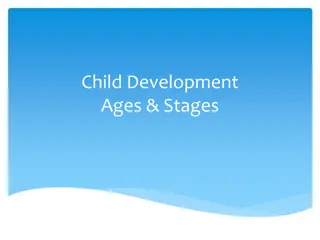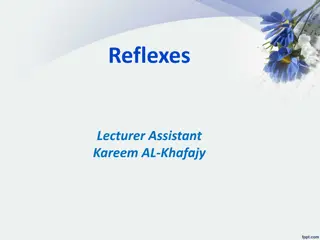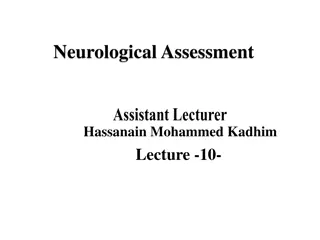Understanding Reflexes: A Quick Guide to How They Work
Reflexes are rapid, involuntary responses that help protect our body from harm. They bypass the brain for speedy reactions, such as pulling away from a hot surface. This guide explains the reflex arc process and why reflexes are vital for our safety.
Download Presentation

Please find below an Image/Link to download the presentation.
The content on the website is provided AS IS for your information and personal use only. It may not be sold, licensed, or shared on other websites without obtaining consent from the author. Download presentation by click this link. If you encounter any issues during the download, it is possible that the publisher has removed the file from their server.
E N D
Presentation Transcript
Thats some Reflex you got there! (3R)
Thinking Cap? Why might we need reflexes? Give several specific examples
Reason for Reflexes To prevent damage to the body Reflexes are responses that don t involve the input from your brain Because they bypass the brain, they happen very quickly, without you having to think about doing anything!
Thinking Cap Do you think we have reflexes when we re born, we develop them, or some combo? Explain Mrs. A will show a video clip... (https://www.youtube.com/watch?v=_JVI Nnp7NZ0)
Reflex Arc (step 1) if you touch something hot: 1. the heat (stimulus) will trigger the sensory receptors in your finger, which will send the message on via sensory neurons Why do you think they are called sensory neurons?
Reflex Arc (step 2) 2. This impulse which will travel to your spinal cord. Acts like a relay point between sensation & response The impulse travels through an interneuron in the spinal cord and then passes back out to a
Reflex Arc (step 3) 3. Motor neuron! The motor neuron carries the impulse to the muscle (effector), which contracts quickly in response, thereby moving your finger out of danger. End of reflex arc! You saved the princess!
Reflex Arc! 4. interneuron
Brain finally gets on board The message travels to your brain where it gets interpreted. You ve already moved your hand out of the way before your brain has even registered that you ve touched something hot / sharp!
Draw & label the Reflex Arc (still on 3R) Word Bank: Effector Interneuron Sensory receptor Stimulus Motor neuron Spinal Cord Sensory Neuron Response Now let s throw stuff at each other!























